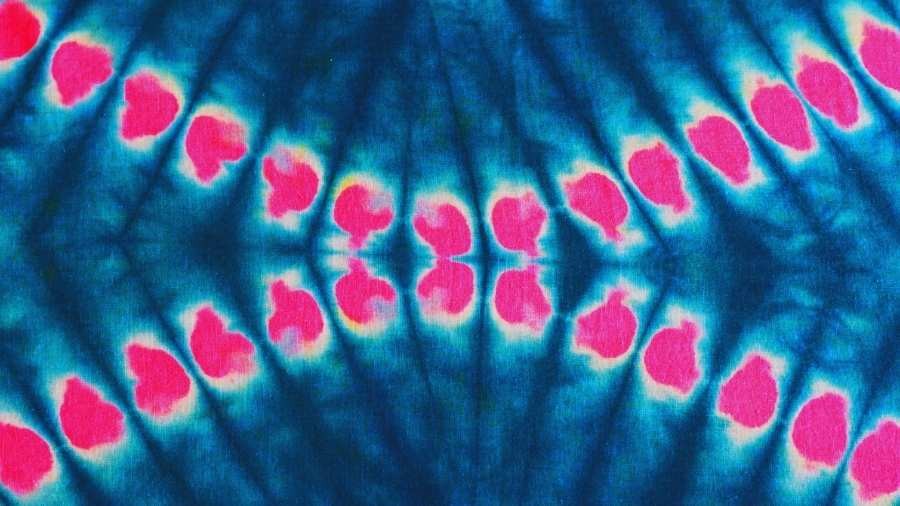Growing Demand for Textile Dyeing Chemical Suppliers

The textile industry is experiencing significant changes globally, driven by evolving consumer expectations and stricter regulations. The demand for textile dyeing chemicals is on the rise as manufacturers seek reliable solutions for coloring and finishing textiles. Suppliers are responding to these shifts by offering advanced products that meet quality and sustainability standards.
Wholesale purchasing is gaining traction in the industry. Textile manufacturers are increasingly turning to suppliers who can provide chemicals in bulk quantities. This approach not only ensures consistent supply but also helps reduce costs associated with logistics and procurement. Suppliers offering bulk textile dye powders are seeing higher demand from large-scale textile production facilities, particularly in regions like Asia and Europe.
The global textile chemicals market is projected to grow significantly, with estimates suggesting it could exceed $30 billion by 2030. Countries in Asia-Pacific, including China, India, and Bangladesh, dominate production and rely heavily on chemical suppliers to sustain their massive textile industries. Meanwhile, Europe and North America, known for high standards in quality and compliance, are important markets for sustainable and innovative textile chemicals.
Meeting compliance regulations has become a major focus for suppliers. Laws such as Europe’s REACH and Zero Discharge of Hazardous Chemicals (ZDHC) programs require suppliers to offer safer alternatives. This has driven investment in research and development to create products that align with these guidelines. Reactive dyes, disperse dyes, and low-impact dyes are examples of innovations shaping the market.
Supply chain challenges also affect the sector. Geopolitical tensions, fluctuating raw material prices, and transportation delays can disrupt the availability and cost of chemicals. Suppliers are increasingly diversifying their sourcing strategies to reduce dependency on single markets and ensure uninterrupted supply.
Advancements in technology are transforming the textile chemical industry. Digital tools now allow manufacturers to source chemicals more efficiently and at competitive rates. Additionally, the integration of smart textiles has increased the demand for specialized dyes that offer features like UV protection or moisture resistance. Suppliers investing in these advanced products are poised to capture a larger share of the market.
Several trends are influencing the trajectory of the industry. Natural dyes derived from plants and minerals are seeing increased interest, particularly among environmentally conscious brands. Organic textile dye suppliers bulk and non-toxic options are also gaining prominence as ethical practices become a priority in the fashion sector.
Automation in textile dyeing processes has emerged as another key factor. Automated dyeing systems reduce waste, optimize energy usage, and improve consistency. Chemicals specifically formulated for these systems are in high demand, especially in regions where technology adoption in manufacturing is high.
Asia-Pacific continues to lead as the hub for textile chemical production. The region benefits from a robust textile industry that demands bulk chemical supplies. Africa and South America are emerging as promising markets due to increasing investments in textile manufacturing. Countries like Ethiopia and Brazil are enhancing their textile production capacities, creating new opportunities for chemical suppliers.
Buyers in developed markets such as Europe and North America are increasingly prioritizing quality and sustainability. Suppliers catering to these regions often need to offer eco-certified products that comply with stringent local standards. This shift has pushed many suppliers to innovate and adapt their offerings to meet the diverse needs of international buyers.
The role of textile dyeing chemical suppliers has become more critical than ever in the rapidly evolving landscape of the global textile industry. Their ability to provide solutions that balance cost, performance, and sustainability will shape the future of the sector as it adjusts to new consumer expectations and regulatory requirements.
Previous Story
- Wholesale Textile Suppliers in China Shape Global Trade
- Growing Demand for Bulk Filament Yarn Insights and...
- The Growing Popularity of Textured Yarn for Knitting
- Crisis in Bangladesh Boosts Shares of Indian Textile...
- Industrial Textile Machinery - Key to Success in...
- Natural Fiber Suppliers - A Sustainable Solution for...
- Indian Textiles Industry is a Booming Sector Driving...
- Exploring the Softness, Sustainability, and Market Dynamics of...